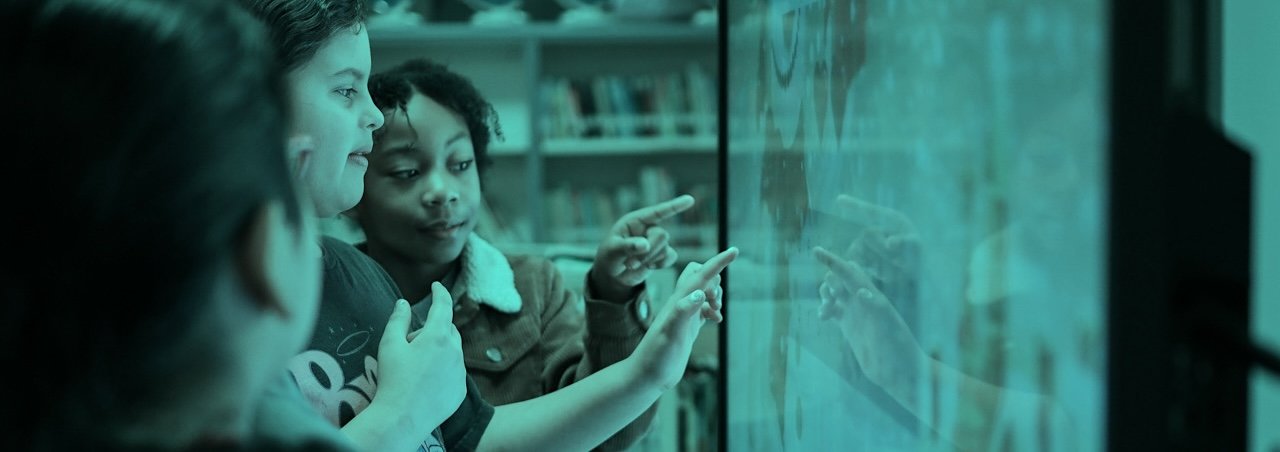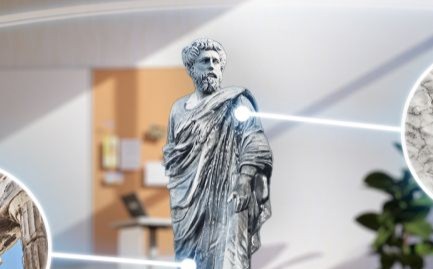Artificial Intelligence (AI) in the Modern Classroom
Artificial intelligence has become the hot topic in education, especially as technologies continue to develop and advance. While AI can be used as a tool in the classroom, it can also bring about a host of issues when used incorrectly. With more than 65% of teachers utilizing AI in the classroom, learning how to properly integrate this new learning approach is not only beneficial but also necessary for our next generation.
How can AI be properly incorporated into the classroom?
Artificial intelligence has been used in the classroom for years, from search engines like Google to management systems such as Canvas. Generative AI however is a newer form of artificial intelligence that educators and students are continuing to learn how to navigate. With powerful generative tools such as ChatGPT, students are able to generate homework answers and essays within seconds, even with an option to personalize the tone of the generated answers. While AI can pose many challenges for educators, it can also be used as a powerful tool and teacher aid. So, how can one properly incorporate it into the classroom?
- Create an AI policy / guidelines: To maintain integrity and work ethic, students must be given boundaries for how and when to use AI. Having a specific AI policy helps mitigate cheating and set clear boundaries for when AI use in the classroom is and is not appropriate. For example, specifying that students could use AI during the brainstorming phase of a research project, but not during the actual writing phase of the project, provides an opportunity to incorporate technology into a lesson while still ensuring that each student’s work is his or her own.
- Provide training: To use AI properly and fully understand its capabilities, teachers should receive training on a variety of AI tools and applications. Training teachers on these platforms not only empowers educators to use AI as an aid, but it also provides ideas for differentiated activities and lessons.
- Teach digital citizenship: Having a conversation with students around the ethics of artificial intelligence should cover important topics such as plagiarism, information privacy, and misinformation. These important conversations help inform students on how AI responses can be helpful but are not infallible.
Generating Productivity
In today’s K-12 classrooms, 44% of teachers report often feeling burnout due to heavy workloads. Between lesson planning, grading, communicating with parents, classroom management, and administrative tasks, teachers are stretched thin. HMH’s educator confidence report writes, “Burnout is a critical issue, with 82% of educators citing that what they need most is a more balanced workload.” This is where proper integration of AI can be implemented to lighten the workload.
According to a national survey from the Walton Family Foundation, teachers are saving significant time by using artificial intelligence to help with everyday tasks.
The most common teacher uses of AI include:
- Preparing lesson plans
- Making worksheets
- Individualizing assignments to meet students’ needs
- Completing administrative tasks
- Creating assessments and grading rubrics
On average, teachers are finding that using AI cuts down on their workload by 5.9 hours a week and therefore reduces the feeling of work overload and burnout. “When educators have more time to connect with students, teaching and learning thrive. This year’s data shows that technology, used well, can give teachers space to do what matters most: build relationships, spark joy, and support student growth,” writes Efficacy researcher Francie Alexander.
AI continues to transform the classroom and the ways students learn. By staying informed on the best practices and proper implementation, educators can not only create a more productive learning environment for students, but they can also utilize AI to lighten their workloads.
Curious about creating a space designed for AI integration? Contact us today.






.jpg)
















